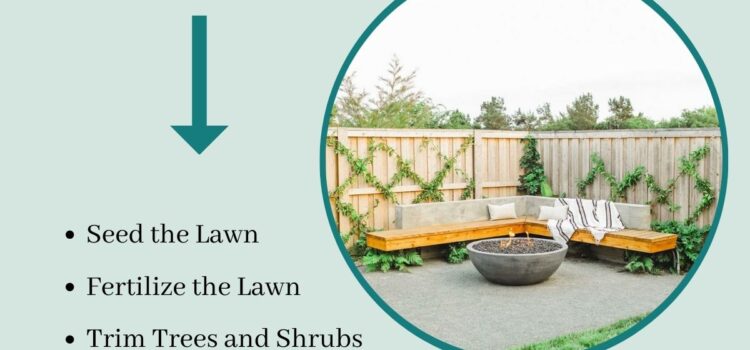
Easy Tips to Transition Your Yard From Summer to Fall
As the days grow shorter and the air turns crisp, it’s time to start thinking about transitioning your yard from the vibrant days of summer to the cozy embrace of fall. Proper yard maintenance is essential during this period to ensure your outdoor space remains healthy and beautiful throughout the colder months. Here are some straightforward tips to help you make the transition as smooth as possible.

Weed, Deadhead and Clean Up
Weeding
Start by removing any weeds that have taken root in your garden beds or lawn. Weeds compete with your plants for nutrients and water, so it’s crucial to eliminate them before they spread further. Use a hoe or hand-pull the weeds, making sure to remove the entire root to prevent regrowth.
Deadheading
Deadheading involves removing spent blooms from your flowering plants. This not only improves the appearance of your garden but also encourages new growth and prevents the plant from wasting energy on seed production. Use clean, sharp scissors or pruning shears to snip off the faded flowers.
General Cleanup
Collect fallen leaves, twigs, and other debris from your yard. These can harbor pests and diseases that could harm your plants. Consider composting organic matter to recycle nutrients back into your garden.
Replace Summer Annuals
Summer annuals like petunias and marigolds will start to fade as the temperatures drop. Replace them with fall-friendly plants like chrysanthemums, asters, and ornamental kale. These plants not only add a splash of color to your yard but also are more suited to the cooler weather.
Trim Trees and Shrubs
Late summer to early fall is an excellent time to trim most trees and shrubs. Pruning helps to remove dead or diseased branches and shapes the plant for better growth in the spring. However, be cautious not to over-prune, as this can stress the plant. Always consult a professional or do thorough research on the specific needs of each plant species before proceeding with this task.
Fertilize the Lawn
Your lawn needs different nutrients at various times of the year. In the fall, it’s essential to use a fertilizer rich in phosphorus and potassium to strengthen the root system for winter. Apply the fertilizer according to the manufacturer’s instructions, and water the lawn thoroughly afterward to help the nutrients penetrate the soil.
Seed the Lawn
If your lawn has bare patches or areas of thin growth, fall is an ideal time to overseed. The cooler temperatures and more frequent rainfall provide optimal conditions for seed germination. Choose a seed mix that is appropriate for your climate and soil type. After seeding, water the area consistently until the new grass is well-established.
By following these easy tips, you’ll set the stage for a yard that not only survives the winter but thrives in the spring. For more expert advice on maintaining your yard and home, visit Orson Hill Realty and Foothills Real Property.
Happy gardening!
Dan Skelly is a real estate broker/owner/agent at Orson Hill Realty in Evergreen CO. Dan is also a Realtor in Southwest Florida on Marco Island and Naples Florida



